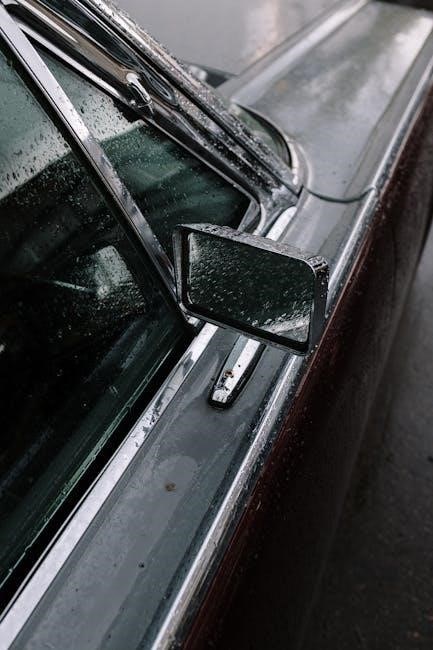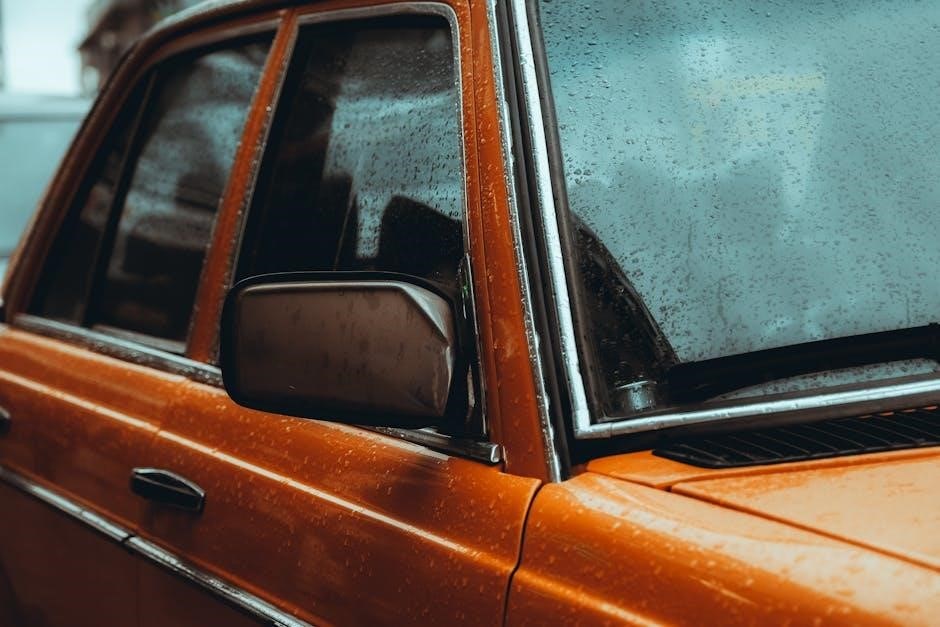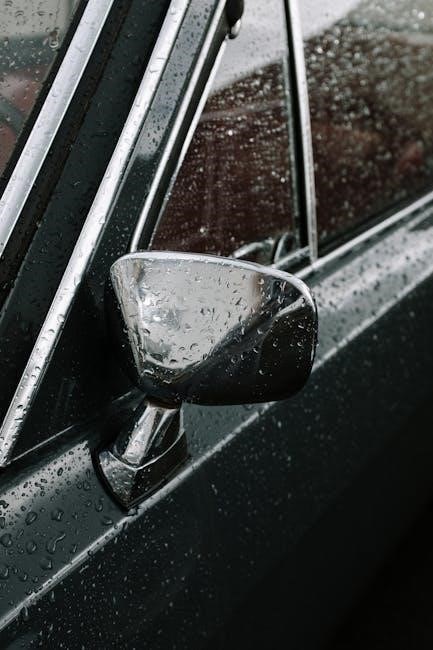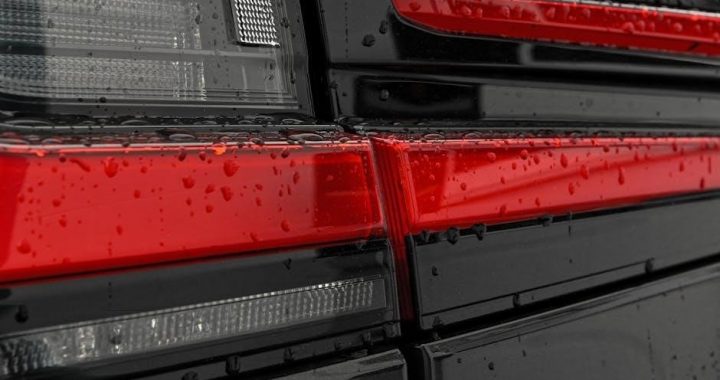A Drop-In Auto Sear (DIAS) is a conversion part designed to modify an AR-15 to function similarly to an M16, enabling full-auto fire. Functionally, it replicates the role of an auto sear found in a standard M16 rifle.
DIAS devices are near-mythical parts for AR-15s. When used with specific components, it can convert the AR-15 to fully automatic. Due to their potential for illegal use, DIAS devices are heavily regulated under federal law.

Definition and Function of a DIAS

A Drop-In Auto Sear (DIAS) is a conversion part designed to modify an AR-15 to function similarly to an M16, enabling full-auto fire. Functionally, it replicates the role of an auto sear found in a standard M16 rifle. Essentially, a DIAS allows an AR-15 to operate in full-automatic mode, firing continuously as long as the trigger is depressed, similar to a machine gun.

The Bureau of Alcohol, Tobacco, and Firearms (ATF) considers a DIAS, also known as an AR-15 Auto Sear, to be a machine gun. This classification stems from its capability to convert a semi-automatic rifle into a fully automatic weapon. The core function involves altering the firing mechanism to bypass the semi-automatic action, thus achieving continuous firing. Due to its classification, manufacturing DIAS devices is illegal.
Overview of DIAS and AR-15 Conversion
DIAS devices are near-mythical parts for AR-15s. When used with specific components, it can convert the AR-15 to fully automatic. Due to their potential for illegal use, DIAS devices are heavily regulated under federal law. These parts interact with the existing components of the AR-15, changing how the firing pin is released and allowing for a continuous cycle of firing.
The conversion process involves installing the DIAS into the AR-15’s lower receiver. The DIAS then interferes with the standard trigger mechanism, effectively removing the semi-automatic restriction. This modification allows the rifle to fire continuously, simulating the functionality of a true machine gun like the M16. However, possessing a DIAS with an AR-15 and certain M16 parts can be construed as illegal possession of a machine gun. Manufacturing DIAS after a specific date is prohibited, and legal ownership is restricted to pre-1986 registered devices.

Legality of DIAS in the United States
In the U.S., DIAS are considered machine guns under the National Firearms Act (NFA). The NFA imposes strict regulations, including registration requirements, for machine guns. Unregistered DIAS are illegal to possess or transfer.
NFA and DIAS Classification as Machine Guns
The National Firearms Act (NFA) of 1934 plays a crucial role in determining the legality of Drop-In Auto Sears (DIAS) in the United States. Under the NFA, a DIAS is classified as a machine gun because its sole design function is to convert a semi-automatic weapon into a fully automatic one. This classification subjects DIAS to stringent regulations.
These regulations include mandatory registration with the Bureau of Alcohol, Tobacco, Firearms and Explosives (ATF). Any DIAS manufactured after November 1, 1981, falls under the full provisions of the NFA. Failure to register a DIAS or comply with NFA regulations can lead to severe penalties, including hefty fines and imprisonment.
Due to the NFA’s classification, the possession, transfer, and manufacturing of unregistered DIAS are illegal. The ATF strictly enforces these regulations to prevent the proliferation of these devices and to maintain public safety;
ATF Ruling 81-4 and its Impact
ATF Ruling 81-4 significantly shaped the legal landscape surrounding Drop-In Auto Sears (DIAS). Issued in 1981, this ruling classified DIAS as machine guns under the National Firearms Act (NFA), regardless of whether they were installed in a firearm. This meant that even possessing a DIAS alone was subject to NFA regulations, including registration requirements.
The ruling mandated that all machine guns, including DIAS, be registered with the ATF. Before this ruling, the legal status of DIAS was less clear, but Ruling 81-4 brought them explicitly under the regulatory scheme of the NFA.
One critical aspect of ATF Ruling 81-4 is its effective date: November 1, 1981. DIAS manufactured after this date are unequivocally subject to the NFA. Some legal arguments have arisen regarding DIAS manufactured or possessed before this date, claiming they were permanently exempt from NFA requirements. However, possessing a DIAS with certain AR-15 components can still constitute illegal possession of a machine gun.
Pre-1986 DIAS Registration
Before 1986, specifically prior to the enactment of the Firearm Owners Protection Act (FOPA), it was possible to legally register a Drop-In Auto Sear (DIAS) as a machine gun under the National Firearms Act (NFA). This registration process required individuals to comply with all NFA regulations, including submitting an application, undergoing a background check, and paying a transfer tax.
DIAS registered before 1986 are considered “transferable machine guns,” meaning they can be legally transferred to other eligible individuals, subject to ATF approval and NFA regulations. These pre-1986 DIAS are highly sought after by collectors and enthusiasts, commanding a premium price in the legal market. It is estimated that around 20,000 are legally transferable.
However, the key element is that the DIAS had to be registered before the 1986 cutoff. After this date, the manufacture and registration of new machine guns for civilian ownership were prohibited. Therefore, only those DIAS that were properly registered with the ATF before 1986 maintain legal status and can be lawfully transferred.

DIAS Manufacturing and Distribution
After October 31, 1981, the ATF classified DIAS devices as machine guns. Manufacturing DIAS devices after this date requires NFA compliance. Any DIAS devices manufactured after this date are subject to NFA regulations.
Post-October 31, 1981 Manufacturing Restrictions
The Bureau of Alcohol, Tobacco, and Firearms (ATF) issued Ruling 81-4, impacting DIAS manufacturing. This ruling classified auto sears made after October 31, 1981, as machine guns under the National Firearms Act (NFA). Consequently, post-1981 DIAS devices are subject to strict regulations, including registration requirements. Manufacturing these devices necessitates compliance with the NFA, involving detailed paperwork, background checks, and payment of transfer taxes.

The Gun Control Act of 1986 further solidified these restrictions. Any post-1981 manufacture must be registered. The ruling brought auto sears under regulatory schemes. This makes legal manufacture extremely difficult. Violations can result in severe penalties, including imprisonment and substantial fines. The ATF’s stance is that these devices are machine guns, regardless of whether they are installed in a firearm. This classification significantly curtailed legal DIAS production.
The ruling demands that all machine guns be registered. This demand impacts the manufacture and distribution of DIAS devices. This demand also regulates possession of DIAS devices.
Illegal Manufacturing and Smuggling
Due to stringent regulations, illegal manufacturing and smuggling of DIAS devices are significant concerns. The relative ease and low cost of production make them attractive to criminals. These devices are often smuggled into the country to avoid detection by law enforcement. The danger of auto sears is magnified by their inexpensive manufacture, and are often used by criminals.
The black market for DIAS thrives because they can convert semi-automatic AR-15s into fully automatic weapons. This conversion poses a serious threat to public safety. Law enforcement agencies face challenges in tracking and intercepting these illegally manufactured and smuggled devices. The penalties for illegal manufacturing and possession are severe, reflecting the gravity of the offense.
These devices are often illegally imported from abroad. The devices have been put to terrifying use by criminals. The accessibility and the potential for misuse contribute to the ongoing efforts to combat their illegal proliferation. The illegal manufacturing and smuggling of DIAS pose a persistent challenge to law enforcement.
3D Printing and DIAS Production
The advent of 3D printing technology has introduced a new dimension to the illegal production of DIAS devices. With readily available 3D printers and downloadable blueprints, individuals can manufacture these conversion parts at home. This circumvents traditional manufacturing restrictions and poses a significant challenge to law enforcement efforts. The relative ease of 3D printing lowers the barrier to entry for illegal production.
The untraceable nature of 3D-printed DIAS devices makes them particularly problematic. Unlike traditionally manufactured parts, these lack serial numbers or identifying marks. This complicates investigations and makes it difficult to trace the origin of the devices used in crimes. Law enforcement agencies are adapting to this new threat by developing methods to detect and track 3D-printed firearms components.

The availability of DIAS blueprints online further exacerbates the issue. These blueprints enable anyone with a 3D printer to produce a functional auto sear. The combination of accessible technology and readily available information creates a challenging environment for regulating and preventing the proliferation of 3D-printed DIAS devices.

DIAS Ownership and Possession
Prior to 1986, owning a DIAS was legal, provided it was registered as a machine gun under the National Firearms Act (NFA). These registered DIAS devices are NFA items, transferable assuming adherence to federal regulations governing machine guns.

Legal Status of DIAS Ownership Before 1986
Before 1986, the ownership of a Drop-In Auto Sear (DIAS) was permissible under specific circumstances, rooted in the National Firearms Act (NFA) of 1934. The key requirement was that the DIAS had to be registered as a machine gun before May 19, 1986, marking a significant cutoff date due to amendments in firearm regulations. If a DIAS was properly registered before this date, it was considered a legal NFA item, subject to the same regulations and transfer processes as other machine guns.
This meant that individuals could legally own and transfer these registered DIAS devices, provided they complied with all federal laws, including registration, background checks, and adherence to state and local regulations. The NFA imposes strict rules on the possession, transfer, and transportation of machine guns, which also applied to registered DIAS devices. Owners were required to keep detailed records and notify the Bureau of Alcohol, Tobacco, Firearms and Explosives (ATF) of any changes in ownership or location.
However, the legal landscape shifted dramatically after 1986, with changes in legislation making the manufacture of new DIAS devices illegal for civilian ownership. This created a closed registry of pre-1986 DIAS devices, making them highly sought after and valuable among collectors and enthusiasts who could legally own them.
Possession with AR-15 and M16 Parts
The legal ramifications of possessing a Drop-In Auto Sear (DIAS) become significantly more complex when combined with AR-15 rifles and certain M16 parts. Even if a DIAS is legally registered as a machine gun before 1986, its status can change dramatically if it is possessed in conjunction with specific components. The ATF considers the combination of a DIAS and parts readily convertible to make an AR-15 fully automatic as a machine gun, regardless of the DIAS’s pre-1986 registration.
Specifically, if someone possesses a DIAS along with an AR-15 and parts that could enable full-auto functionality (such as an M16 bolt carrier, selector, or disconnector), the entire assembly is treated as an unregistered machine gun. This is because the presence of these parts demonstrates the intent and capability to convert the AR-15 into a machine gun, which is strictly regulated under the National Firearms Act (NFA). This situation can lead to severe legal consequences, including federal charges for unlawful possession of a machine gun.
Therefore, even legal DIAS owners must exercise extreme caution to avoid possessing any parts that could be construed as enabling the illegal conversion of a semi-automatic rifle to full-auto. The ATF’s interpretation emphasizes that the intent and capability to create a machine gun are paramount, regardless of the individual legality of the DIAS itself.
Challenges in Proving Legality
Establishing the legality of a Drop-In Auto Sear (DIAS), particularly one claimed to have been manufactured and registered before 1986, presents considerable challenges. The burden of proof rests on the owner to demonstrate that the DIAS was indeed legally manufactured and registered before the NFA restrictions took effect. This often involves providing documentation such as original registration forms, transfer records, or other evidence substantiating its pre-1986 status.
One significant hurdle is the potential lack of comprehensive records. Over time, paperwork can be lost, damaged, or become difficult to trace. The absence of clear documentation can cast doubt on the DIAS’s legality, even if the owner acquired it in good faith. Furthermore, proving the exact date of manufacture can be problematic, as DIAS devices may lack serial numbers or other identifying marks that would definitively establish their age.
Another challenge arises from the subjective interpretation of what constitutes a “complete” DIAS. If the DIAS is missing essential components or has been altered, it may be argued that it is not the same device that was originally registered. The combination of these factors makes it difficult to definitively prove the legality of a DIAS, potentially exposing owners to legal risks even if they believe their ownership is legitimate.
